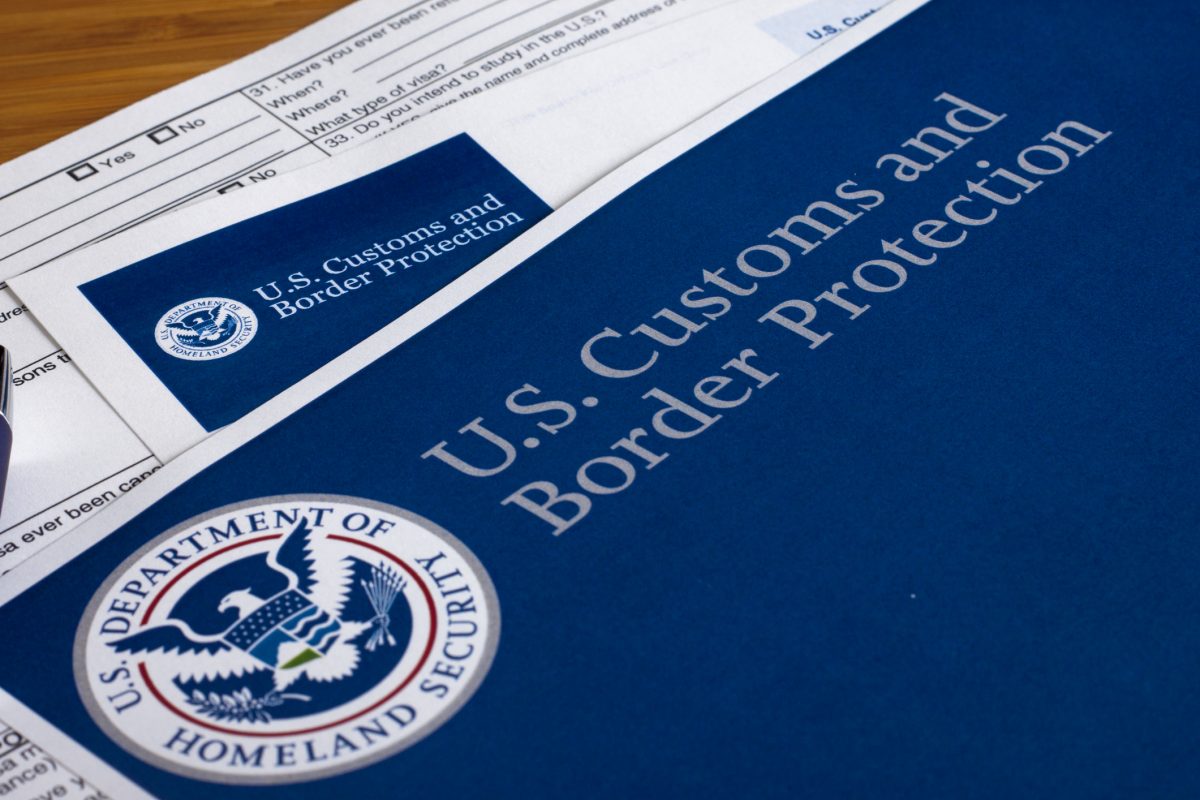New York legislation termed the “Green Light Law” took effect on December 14, 2019. This law blocks US federal immigration and border control authorities from accessing the state’s Department of Motor Vehicles (DMV) database. As a result, federal law enforcement authorities can no longer access data that would help determine if a vehicle owner has a criminal history or outstanding warrants for arrest.
Three Federal Law Enforcement Agencies Lost Access to DMV Records Due to Green Light Law
The New York legislation was intended to let people who do not have legal immigration status apply to receive a New York driver’s license. The section of the law that prevents DMV officials from allowing access to data affects three federal law enforcement agencies, including:
- U.S. Citizenship and Immigration Services (USCIS)
- U.S. Customs and Border Protection (CBP)
- U.S. Immigration and Customs Enforcement (ICE)
Additional agreements are in place to prevent other agencies that still have access to DMV data from sharing it with federal agencies such as ICE.
Trump Administration Plans to Block Access to Trusted Traveler Programs Due to New York Legislation
The Trump Administration plans to block access to Global Entry and other Trusted Traveler Programs for New York residents. CBP administers participation in these programs. The Department of Homeland Security (DHS) has taken the position that the New York legislation limiting the DMV from sharing information with CBP will make it impossible for DHS to properly vet Trusted Traveler Program applicants. Trusted Travel Programs rely on New York state records to verify a participant’s identity and conduct thorough vetting on the participant.
DHS Announces Plans to Suspend Trusted Travel Program Enrollments
On Thursday, February 6, DHS announced it was immediately suspending enrollment in Global Entry and Trusted Traveler Programs for all New York state residents.
CBP expects this suspension to affect up to:
- 200,000 New York residents seeking to renew Trusted Traveler Program membership
- 30,000 commercial truck drivers enrolled in the Free and Secure Trade (FAST) program at four Canada/New York entry ports
The reason for the suspension is that DHS officials believe the New York legislation is a direct threat to public safety because federal officials cannot access the DMV records. Officials use these DMV records for criminal background checks. They also use these records to determine if applicants for Trusted Traveler Programs meet requirements of the programs.
What Impact Does the New York Legislation Have on Relocation?
New York residents who have become accustomed to the streamlined procedures under Global Entry and Trusted Traveler Programs may now face much longer timeframes and delays for entering into the US and departing for international destinations. Commercial truck drivers at entry ports for Canada and New York may also face delays on their routes without the ease of the FAST program.
For New York residents planning to export automobiles or other vehicles such as motorcycles, the process may also face significant delays. Documentation to confirm information about these vehicles may be difficult to obtain and confirm due to the New York legislation restrictions on sharing DMV information with CBP.
What Should Employers do About the New York Legislation?
Employers should review their relocation plans and timelines for any moves into and out of New York. They should also anticipate possible delays related to employees traveling to or arriving from international destinations. They should also inform transferees about the New York legislation, and how it might impact travel arrangements, exporting of automobiles, and other similar issues.
Conclusion
Global Mobility Solutions’ team of global relocation experts have helped thousands of our clients with business travelers and international assignees from the state of New York. As a result, we can help your company understand how to plan for the impact of the New York legislation as it relates to your relocation program, business travel, and automobile exports.
GMS was the first relocation company to register as a .com. The company also created the first online interactive tools and calculators, and revolutionized the entire relocation industry. GMS continues to set the industry pace as the pioneer in innovation and technology solutions with its proprietary MyRelocation® technology platform.
Global Mobility Solutions is proud to be named and ranked #1 Overall, and #1 in Quality of Service by HRO Today’s 2019 Baker’s Dozen Customer Satisfaction Survey.
Learn how to respond to the impact of the New York legislation from Global Mobility Solutions, the relocation industry and technology experts who are dedicated to keeping you informed and connected. Contact our experts online or give us a call at 800.617.1904 or 480.922.0700 today.
We're Here to Help! Request a Courtesy Consultation
Are you ready to talk to a Mobility Pro? Learn how GMS can optimize your mobility program, enhance your policies to meet today’s unique challenges, receive an in-depth industry benchmark, or simply ask us a question. Your Mobility Pro will be in touch within 1 business day for a no-pressure, courtesy consultation.


